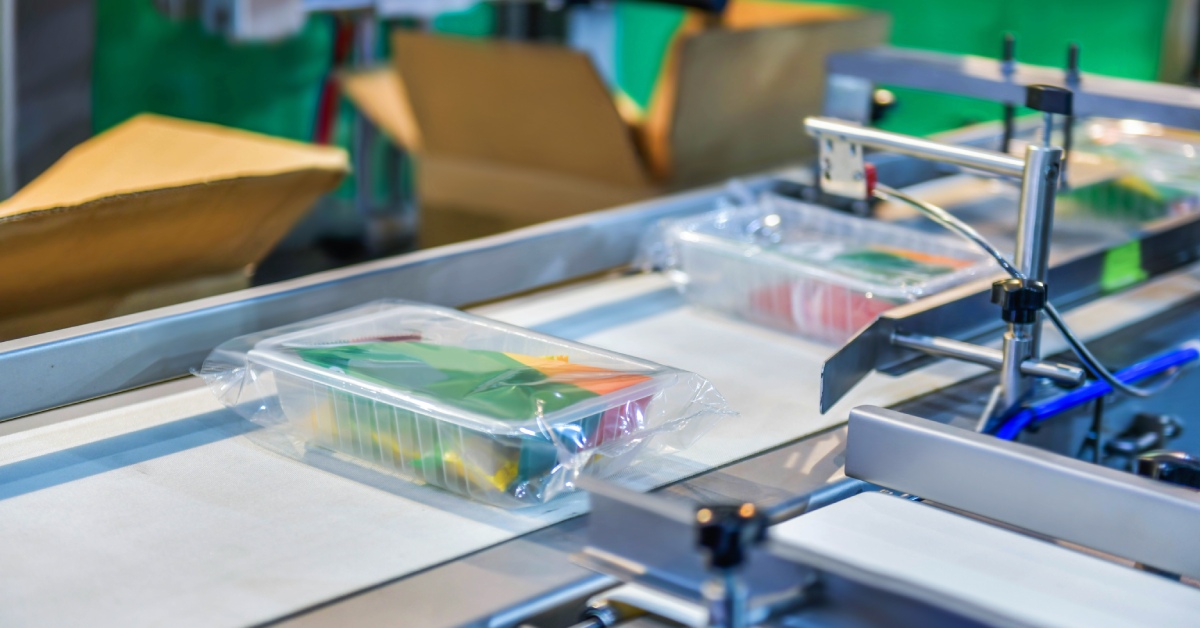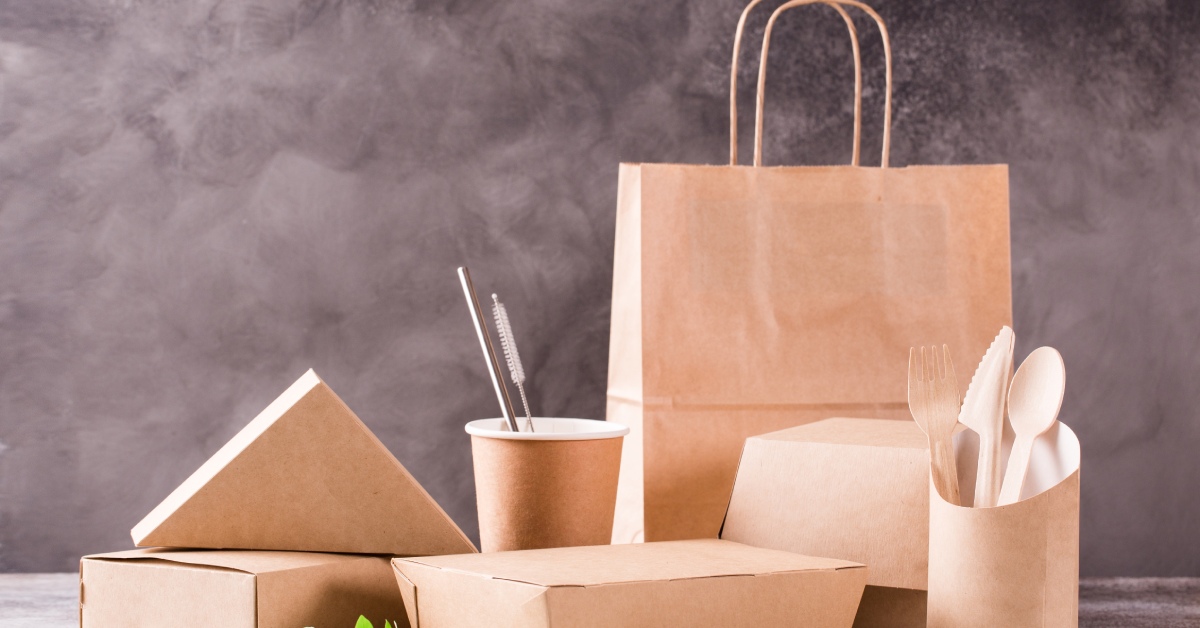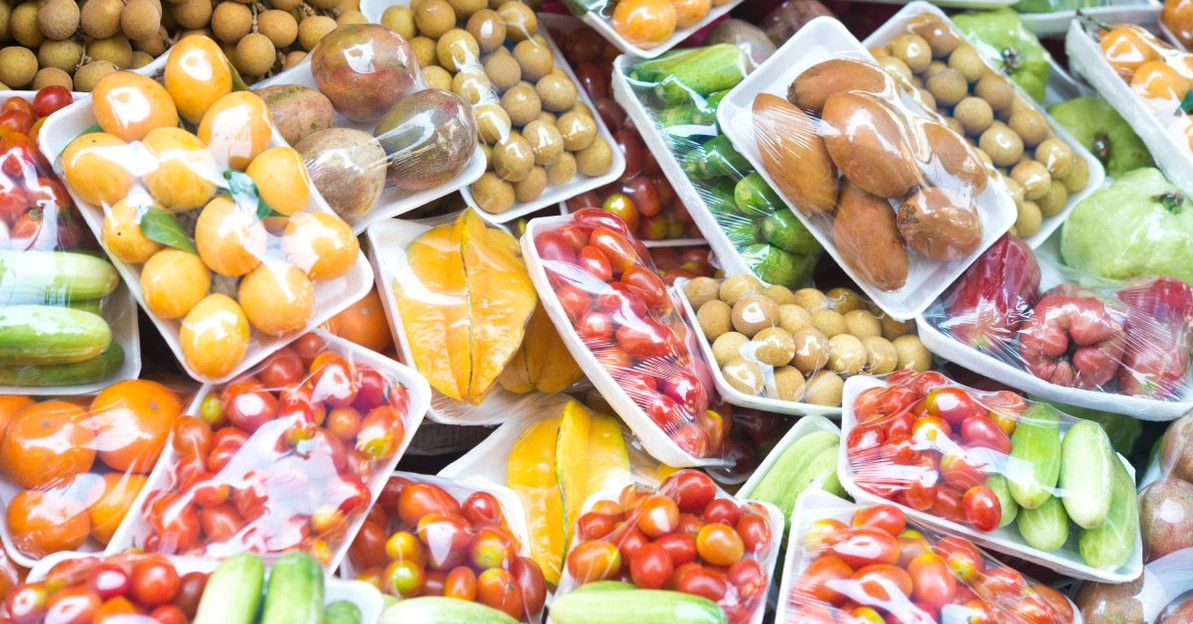Debunking the Most Common Foodservice Packaging Myths
Foodservice packaging plays a crucial role in the restaurant industry, ensuring food safety, freshness, and convenience. However, many myths surround its use, leading to misconceptions and misinformed decisions. Join us as we debunk the most common foodservice packaging myths and provide accurate information to help you make informed choices.
Myth: All Foodservice Packaging Is Harmful to the Environment
Fact: Many foodservice packaging options are now eco-friendly. Manufacturers are increasingly using biodegradable, compostable, and recyclable materials. Innovations such as plant-based plastics and recycled paper products significantly reduce environmental impact. By choosing sustainable packaging, businesses can minimize their carbon footprint and support environmental conservation.
Myth: Packaging Adds Unnecessary Costs

Fact: While packaging does add to operational costs, it also brings essential benefits that outweigh the expenses. Quality packaging ensures food safety, extends shelf life, and enhances customer satisfaction. Moreover, investing in durable and efficient packaging can reduce waste and spoilage, ultimately reducing costs for foodservice businesses.
Myth: Plastic Packaging Is Always Bad
Fact: Not all plastic packaging is harmful. Advances in plastic technology have led to the development of more sustainable options, such as biodegradable and recyclable plastics. These materials offer the durability and convenience of traditional plastics without the associated environmental drawbacks. Proper disposal and recycling further mitigate the impact of plastic packaging.
Myth: Paper Packaging Can't Handle Liquid Foods
Fact: Modern paper packaging is designed to handle a variety of food types, including liquids. Coated paperboard and wax-lined containers provide excellent moisture resistance, making them suitable for soups, sauces, and beverages. Innovations in paper packaging have expanded its capabilities, making it a versatile and eco-friendly option for many foodservice applications.
Myth: All Foodservice Packaging Leaches Chemicals
Fact: Reputable foodservice packaging undergoes rigorous testing to ensure it is safe for food contact. Materials used in food packaging are regulated and must meet stringent safety standards. Concerns about chemical leaching are generally unfounded when using high-quality, approved packaging products. Choosing packaging from trusted suppliers ensures food safety and compliance with health regulations.
Myth: Sustainable Packaging Is Too Expensive
Fact: While sustainable packaging may have a higher upfront cost, it can be more cost-effective in the long run. Reduced waste, lower disposal costs, and enhanced brand reputation can offset initial expenses. Additionally, as demand for sustainable options grows, prices are becoming more competitive. Investing in sustainable packaging supports environmental goals and can attract eco-conscious customers.
Myth: Packaging Is Only About Appearance
Fact: Beyond aesthetics, foodservice packaging serves critical functional purposes. It protects food from contamination, preserves freshness, and facilitates transportation. Proper packaging prevents spills, leaks, and damage, ensuring that customers receive their orders in optimal condition. While appearance is important, functionality is the primary consideration in packaging design.
Myth: All Packaging Is Disposable and Wasteful
Fact: Reusable and recyclable packaging options are increasingly available. Many foodservice businesses are adopting reusable containers in an attempt to reduce single-use packaging waste. Additionally, recycling programs for plastic, glass, and aluminum packaging help divert waste from landfills. Embracing reusable and recyclable packaging supports sustainability efforts and reduces environmental impact.
Myth: Packaging Doesn't Affect Food Quality

Fact: Packaging plays a crucial role in maintaining food quality. Properly designed packaging protects food from environmental factors such as air, moisture, and light, which can degrade quality. Vacuum-sealed and airtight containers preserve freshness and extend shelf life. Choosing the right packaging ensures that food retains its taste, texture, and nutritional value.
Myth: All Biodegradable Packaging Decomposes Quickly
Fact: Biodegradable packaging requires specific conditions to break down effectively. Factors such as temperature, humidity, and microbial activity influence decomposition rates. While biodegradable packaging is more environmentally friendly than traditional plastics, it doesn't decompose instantly. Understanding the conditions needed for decomposition helps manage expectations and disposal practices.
Myth: Metal Packaging Is Not Environmentally Friendly
Fact: Metal packaging, such as aluminum and steel, is highly recyclable and can be reused indefinitely without losing quality. Recycling metal packaging conserves natural resources and reduces energy consumption compared to producing new metal. For instance, recycling aluminum saves up to 95 percent of the energy required to make the same amount of aluminum from raw materials.
Metal containers are durable, offering excellent protection for food products from physical damage and contamination. The recyclability and reusability of metal packaging make it a sustainable choice for many foodservice applications, significantly reducing environmental impact.
Myth: Packaging Can't Be Both Attractive and Functional
Fact: Modern packaging design successfully combines aesthetics with functionality. Attractive packaging enhances brand image and customer experience by making the product more appealing. At the same time, functional design ensures food safety, ease of transport, and convenience for the consumer. For example, innovative packaging can feature tamper-evident seals for safety, easy-open tabs for accessibility, and insulated layers to maintain food temperature.
Advances in materials and technology allow for visually appealing packaging that also meets practical needs. Balancing aesthetics and functionality is key to successful foodservice packaging, making the product both desirable and practical.
Myth: Packaging Is Only Necessary for Takeout
Fact: Packaging is essential for various foodservice operations, not just takeout. It plays a vital role in catering, delivery, and retail food sales. In catering, proper packaging ensures food arrives fresh and presentable, maintaining the quality required for events and gatherings. For delivery services, robust packaging protects food during transit, ensuring it reaches customers in excellent condition. In retail settings, attractive and functional packaging helps preserve product quality and extends shelf life, making it appealing to consumers. Proper packaging supports food safety, hygiene, and brand presentation across all foodservice sectors, not just takeout.
Myth: Carryout Containers Are Low Quality
Fact: Modern carryout containers are designed for durability and performance. They are made from high-quality materials that resist leaks, spills, and temperature changes. Many carryout containers are also microwaveable and dishwasher safe, offering convenience to customers. Investing in high-quality carryout containers enhances the customer experience and reinforces brand quality.
Myth: Packaging Innovation Is Limited
Fact: The packaging industry continually evolves, with new materials and designs emerging regularly. Innovations focus on sustainability, functionality, and customer convenience. For example, compostable materials are being developed to replace traditional plastics, reducing environmental impact.
Smart packaging with freshness indicators can inform customers when food is past its prime, reducing waste. Customizable designs allow brands to create unique packaging that stands out on shelves and enhances the customer experience. Staying informed about packaging innovations allows foodservice businesses to adopt the latest solutions, enhancing their operations, improving sustainability, and increasing customer satisfaction.
Now that you know the truth behind common foodservice packaging myths, you can make informed decisions that benefit your business and the environment. Embrace these insights to optimize your packaging strategy and stay ahead in the competitive foodservice industry.
Recent Posts
-
Eco Benefits of Disposable Bakery Packaging
As a bakery owner, you have many responsibilities, including delivering high-quality, delicious good …Jul 3rd 2025 -
Pizza Box Recycling: How To Reduce Environmental Impact
When people finish eating a pizza from their local restaurant, their first instinct may be to throw …Jul 3rd 2025 -
How Take-Out Containers Can Help Reduce Food Waste
Now more than ever, people want to protect the environment and divert items from landfills. Although …Jun 23rd 2025




